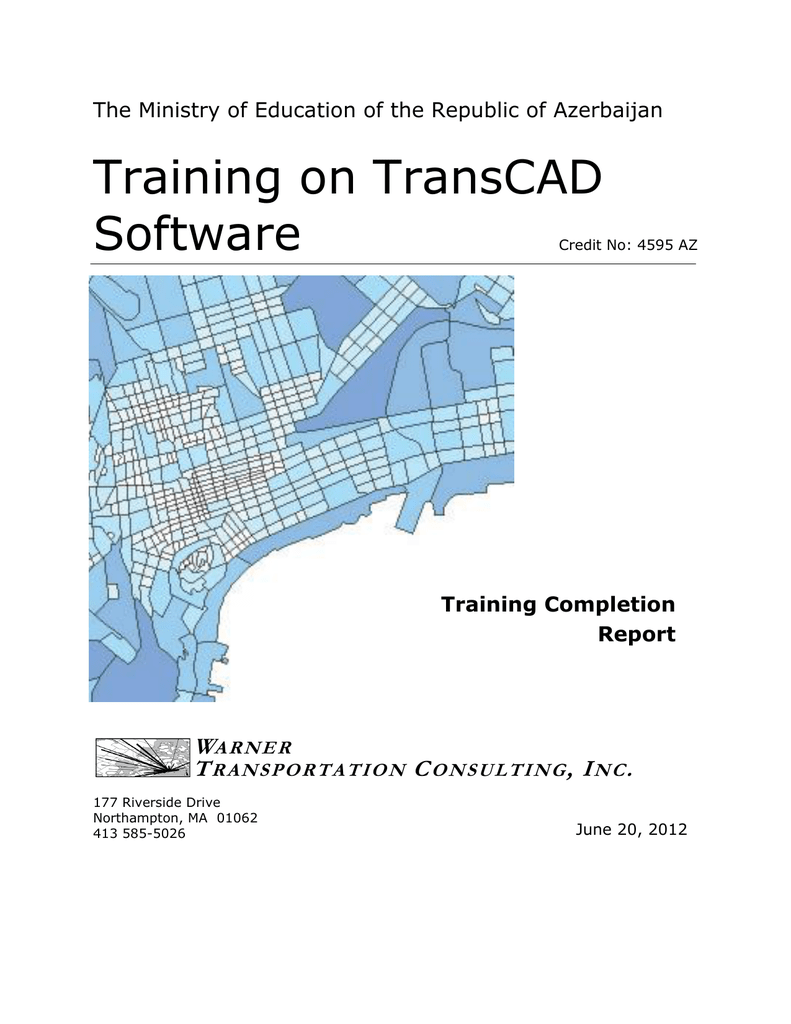

Once trips have been assigned to the street network, skims can be produced. WP is the sum of the employment and population densities, where the area is measured in square miles. if 7500 \(\leq\) WP then urban type = Urban.if 600 \(\leq\) WP The other three categories are designated by using the following model structure: The latter category is assigned if a zone is an external zone. This model maps each zone into one of four urban type categories: In order to quantify geographic differences between the various zones, an urban type model was developed. These values are summarized in the following table: BPR function coefficients specifications Area Type The VDF provides a travel-time for each link given its free-flow travel time, capacity, and assigned volume.Ī different value for \(\alpha\) and \(\beta\) are used for each link depending on its speed limit, number of lanes, and urban-type location (urban type definitions follows). Also associated with each link is a volume-delay function (VDF), which is used in the actual traffic assignment procedure. From the latter, a free flow travel time is determined for each link by taking the time it takes to traverse the link at its speed limit times a “travel-time multiplier.” The travel-time multiplier is initially set to one, but was changed for some links during validation to help match observed counts. In addition to this, the number of lanes and the speed limit of each link are recorded in the network. The streets are broken into the following functional classifications:įor each of these functional classifications, the following capacity per lane per hour values are assigned: Capacity values by functional class Functional Class The node layer is a representation of the street intersections and TAZ nodes, while the line layer is a representation of the streets. The street network is built from a TransCAD line and node layer. The drive-to-transit, walk-to-transit, transit and the non-motorized trips are not assigned to the network because there are so few of them that their impact on traffic totals are negligible. When performing the traffic assignment, only the drive-alone and shared auto modes are assigned. The trip information is sorted according to skim period and mode and is stored in separate TransCAD trip tables. Each leg of a particular tour counts as one trip from the origin to the destination, unless there was a stop on that leg, in which case there is a trip from the origin to the stop, and a trip from the stop to the destination. After all of the tour models have finished, trips must be synthesized from the individual tours.


 0 kommentar(er)
0 kommentar(er)
